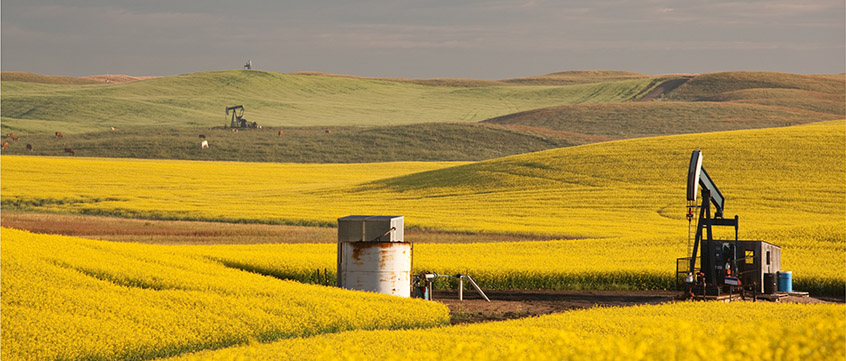Canada’s Energy Transition: Historical and Future Changes to Energy Systems – Update – An Energy Market Assessment

1. Introduction
Over the past two centuries, societies have gone through energy transitions resulting from a combination of technological, economic, and political changes. An energy transition is a shift away from one type of fuel source to another, or the changing composition of primary energy supply.Footnote 1 The move in some societies from energy-poor biomass (for example, wood and peat) to coal in the 19th century is one example. This transition was made possible with the development of the steam engine, and coal remained the primary fuel used globally until the middle of the 20th century. The next major transition occurred with the adoption and growth of electrification and the internal combustion engine in the early 20th century. These technological developments drove the demand for new fuel sources, including hydroelectricity, natural gas, and crude oil. Today, over half of the world’s primary energy demand is met through abundant and affordable crude oil and natural gas. Coal, now used mostly for electricity generation and steel manufacturing, accounts for a quarter of global primary energy demand.
Changes to the composition of primary energy supply result in tangible changes to energy systems. New sources of energy require new production equipment, new energy transportation infrastructure, and new end-use equipment. Energy transitions also involve intangible changes. These changes include new regulations and policies, and changes to mindsets and belief systems.Footnote 2
Today’s energy transition is one that involves a move away from the consumption of carbon-emitting fuels to the consumption of non-carbon-emitting fuels—a process called decarbonization. While the current energy transition is also being driven by technological, economic, and political factors, the current transition is the first being driven primarily by environmental factors based on changing social values—the drive to reduce global greenhouse gas (GHG) emissions.
Global energy demand has doubled since 1980 as populations grow, nations develop, and fuels become more accessible and tradable. Global carbon emissions have increased 52% in the past 25 years. Canada’s emissions have increased 33% over the same period.
Though Canada generates 1.7% of global GHG emissions, Canada is one of the most energy and emission-intensiveFootnote 3 nations in the world. The International Energy Agency (IEA) recommends that Canada take action to reduce its emissions and energy intensities in order to strengthen its position as a responsible energy supplier and user. The Organization for Economic Co-operation and Development (OECD) notes Canada’s status as one of the most GHG emission-intensive economies in the world, and the fourth largest emitter of GHGs in the group of OECD nations. The Conference Board of Canada ranks Canada in last place compared to 17 peer countries for energy intensity and assigns Canada a “D” grade for its energy intensity and GHG emissions.
Various trends are emerging in Canada that indicate the energy transition is occurring. One indicator is that the pace of renewable energy growth is increasing as the costs of new renewable installations decline. New technologies are emerging, and energy efficiency strategies and programs are expanding. Electrification of transportation is increasingly gaining traction. Carbon pricing and other green policies offer incentives for individuals and organizations to seek out energy efficient methods to reduce wasted energy. Lastly, policy agendas such as the Pan-Canadian Framework on Clean Growth and Climate Change (Pan-Canadian Framework), provincial plans, and municipal and community plans and strategies,Footnote 4 are being implemented. These aspects contributing to the energy transition help to not only enable, but also to track the shift towards decarbonization.
This National Energy Board (NEB) report will explore the many plans and actions that are playing a role in Canada’s energy transition. It includes an overview of energy systems, a look at past energy transitions, current Canadian energy trends, and ends with perspectives for the future.
- Date modified:
